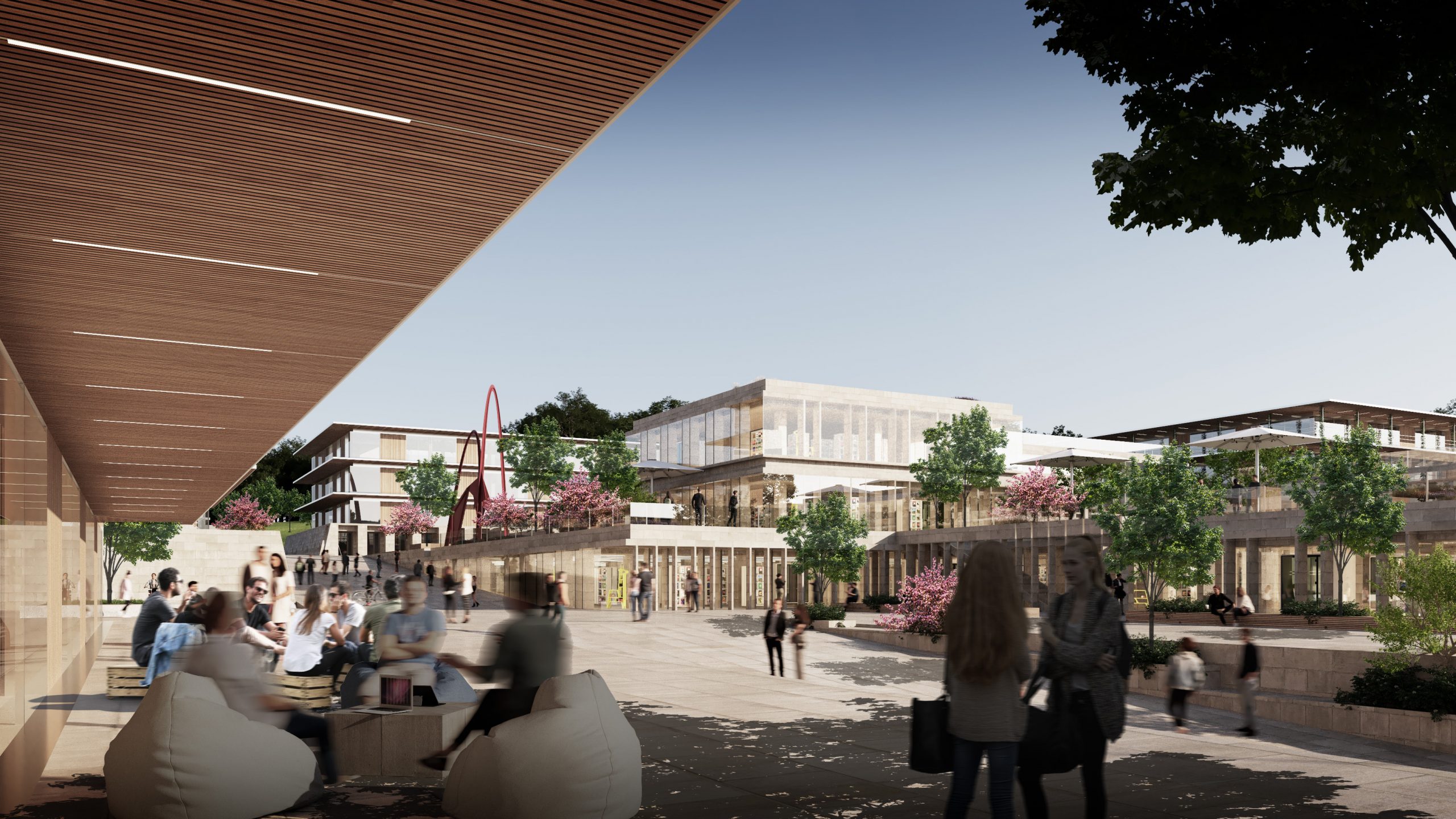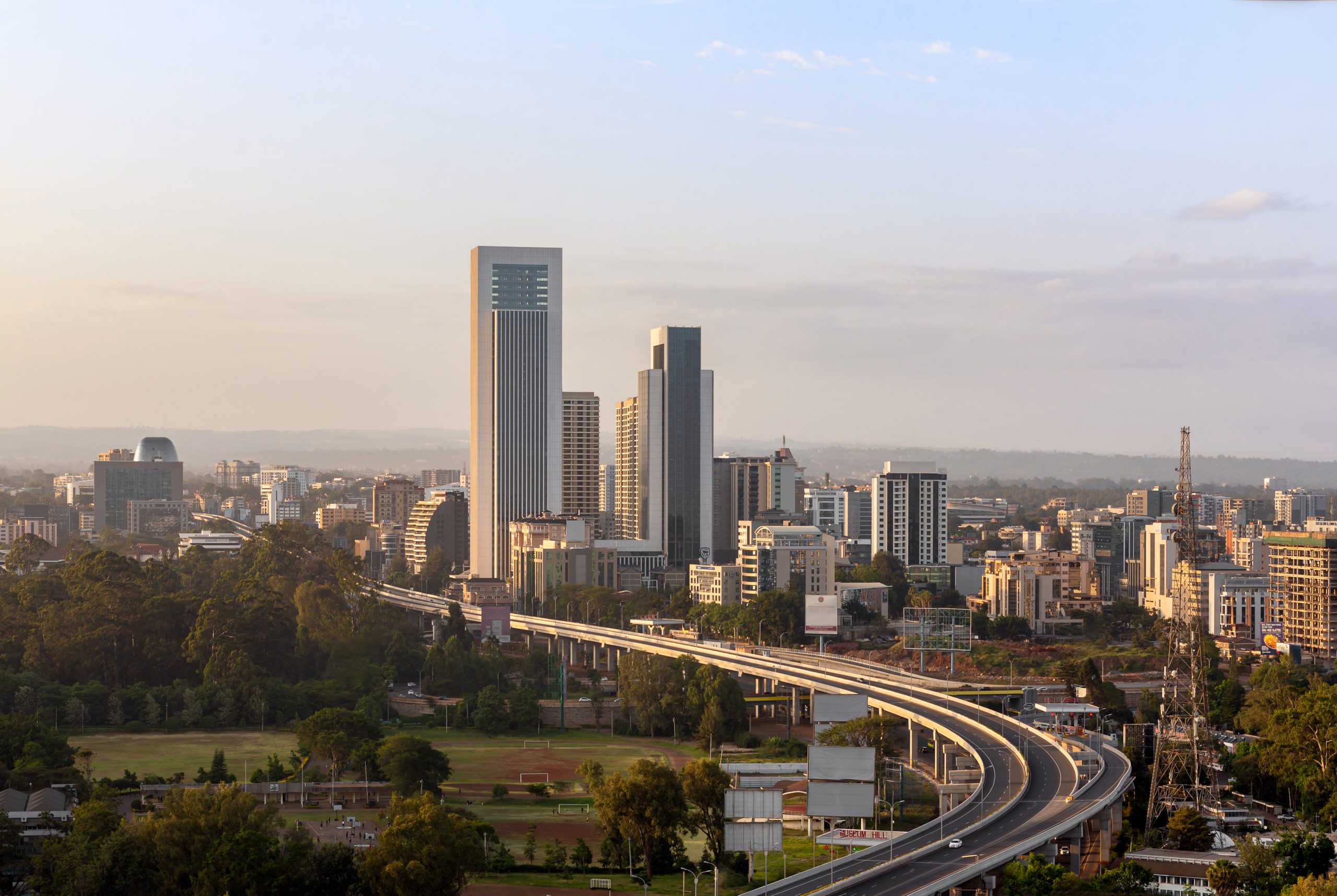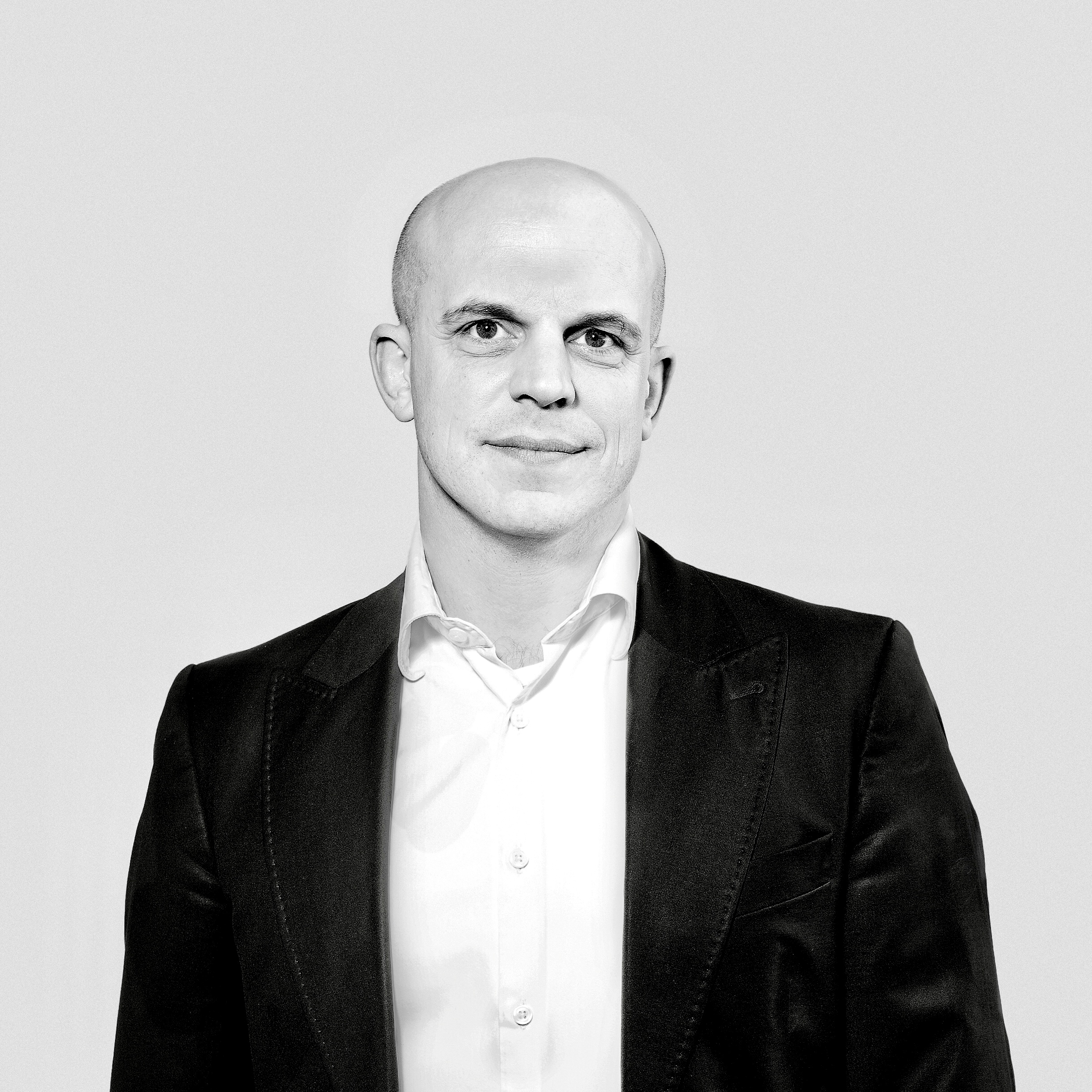Biography
ABOUT
Tobias Keyl is an Associate Partner in gmp’s Berlin office. He received his diploma in architecture from the Technical University in Braunschweig and is a registered architect. In 2004 he began his career at gmp in Berlin. By 2009 Tobias transferred to gmp’s Beijing office, returning to Berlin seven years later. He has successfully managed several largescale buildings from competition to realization and is currently overseeing projects in Europe, Asia and Africa. He is a true global citizen with experience in different project types and regions. This enables him to quickly understand the complexity of his clients’ culture and challenges and develop new solution strategies, while pursuing the highest design standards.
AWARDS
- Industry Advisor at Harvard University Graduate School of Design, Registered Architect, Diplom Ingenieur, DGNB Registered Professional
SHORT DESCRIPTION ABOUT THE OFFICE
Zaha Hadid Architects was founded in 1979 and has been at the forefront of architecture, art, and design for 40 years. Now 400 strong, based in London and with offices in Beijing, New York, Hong Kong, Mexico City, and Dubai, we are known internationally for dynamic and innovative projects which build on Zaha’s revolutionary exploration and research in the interrelated fields of urbanism, architecture, and design. Over four decades of practice, Zaha Hadid Architects has created a unique aesthetic that is at once unclassifiable and yet instantly recognisable for its clarity of vision
AWARDS OF THE OFFICE
- 2004 Pritzker Architecture Prize;
- 2011 Stirling Prize, Evelyn Grace Academy2023 Realised Award Winning Architecture Projects: BEEAH Headquarters;
- 2022 UK Excellence in Design Award Infinitus Plaza (Guangzhou, China)
PROJECTS TO BE PRESENTED DURING THE EVENT
Project #1: Academic City, Armenia
Start year: 01.11.2023

The university city will unite 26 universities that are currently spread across the city. A modern educational environment is being created on an urban scale with synergies for higher education and research. The campus will be complemented by apartments and leisure facilities such as sports venues, theaters, a concert hall, the National Museum and commercial spaces. The project is being developed in the north-west of the city, approximately 10 km from the city center, covering an area of 580 hectares – comparable to the area of Berlin’s Tegel Airport. A railroad line runs through the area, for which the design envisages a new station – marking the center of the university city. Based on this, the planning follows the principle of Transit Oriented Development (TOD), which strengthens pedestrian movement and public transportation. Initially, four thematically structured clusters will be developed along a central axis: A center for start-ups, technology and agriculture. Another sector for culture and art with a concert hall and the National Museum of Armenia. There will also be a region for education research and an office park. The project is conceived as a “dynamic” planning process, enabling the phased realization of the Academic City. The master plan envisions a new urban district that combines all urban functionalities and uses. From the outset, local participation and on-site workshops are part of the planning. For the majority of respondents, the focus is on networking and interdisciplinary exchange. These insights will be used in the ongoing process to create a place that continues to offer space for personal encounters in times of digitalization.
Project #2: Global Trade Centre, Nairobi
Start year: 22.08.2014

The Global Trade Center is located on one of Nairobi’s main thoroughfares. The mixed-use ensemble includes a 184-meter office tower a hotel tower standing at 142 meters as well as four apartment towers around 100 meters high and retail spaces. The design connects these different uses with a shared base building. The two main towers characterize the new skyline of the Westland district. The buildings also have a natural ventilation system in the towers, in which the supply air is protected from the sun and wind by concealed ventilation flaps, significantly reducing the energy required for air conditioning. Photovoltaics on the roofs reduce the dependence of the power supply on the grid. The large roof garden and the integration of the various functional areas create an open space and movement area within the project, that is unconventional considering local security measures. In many aspects, the project in Nairobi broke new ground – the primary focus was on complex international cooperation and the resulting knowledge transfer: the task was to coordinate the Chinese clients and their specialized planning companies, security consultants from the UK, the management of the hotel chain from Dubai and those responsible for the interior design from New York with local partner companies. The University of Nairobi granted scholarships to Kenyan engineering students, facilitating their involvement in the significant project. In order to achieve the required high-quality standards, a facade production facility was set up in the basement garage areas together with local partner companies, which will remain in place on the company’s own premises outside Nairobi even after the construction process has been completed.











